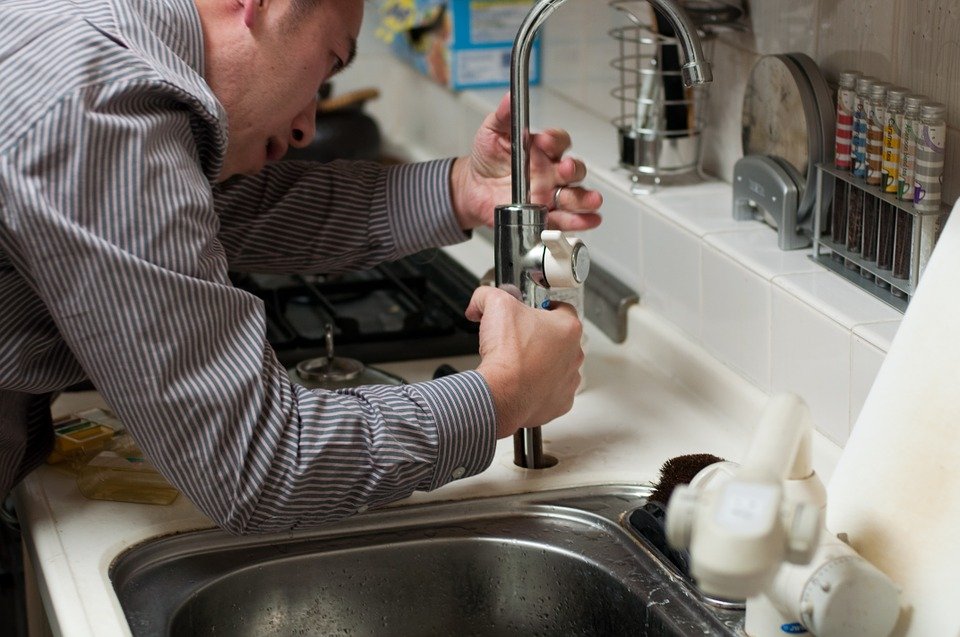Leaks under sinks are annoying. Not only can they damage the items you’ve been storing there, they can also cause damage to the cupboard and they can be very difficult to get to.
If a leak is left unattended the water will penetrate the wood of the cupboard and cause wet rot, giving you an extra bill when fixing the leak.
The best thing you can do if you discover a leak under your sink is to get the emergency plumber to investigate and take care of the issue for you.
However, if you insist on repairing it yourself you can do the following. You should, of course, keep the plumber’s number handy, you may still need it!
Locate The Leak
The first thing you need to do is find the leak. It is most likely coming from a joint that has perished due to age. The joint could also have developed a leak due to incorrect fitting r excessive pressure while in use.
Most sinks have flexible hoses from the underside of the taps to the main pipework. If they’ve been fitted correctly they should also have a valve, allowing you to turn the water off to just one tap.
Feel the pipes and each join to locate the leak, confirm it with some dry tissue.
Don’t forget it could be the waste pipe leaking, feel these pipes as well to ensure they are dry.
Fixing The Leak
If the leak is a joint then you’ll need to purchase a replacement joint, this might be an elbow or a valve. If possible get the same joint, this will make the repair simpler.
However, if the current joint is welded into position and that’s not a skill you possess then you may want to use a compression joint. But, be aware that you’ll need to cut the joint out and this may affect the amount of pipe you have available to secure your new joint to.
If you’re replacing the valve this is much more straightforward as it is likely to be a compression fit and can be replaced with exactly the same one.
It is worth verifying that the existing connection cannot just be tightened to stop the leak. This is usually only an option on new houses but is worth considering.
Don’t forget to shut the water off before you start working on the leak.
If you are finding it difficult to gain access you may want to try a good pair of water pliers instead of a wrench.
Drainage
When the supply pipes appear to be dry and the leak only appears on draining the sink, there’s a good chance the leak is in the drainage pipe. You may be able to unscrew the drainage pipe, add some PTFE tape and plumbers mate, then re-screw it into position. This will stop most leaks.
If it doesn’t work you’ll need to check the seals or consider replacing that section of the waste pipe.
